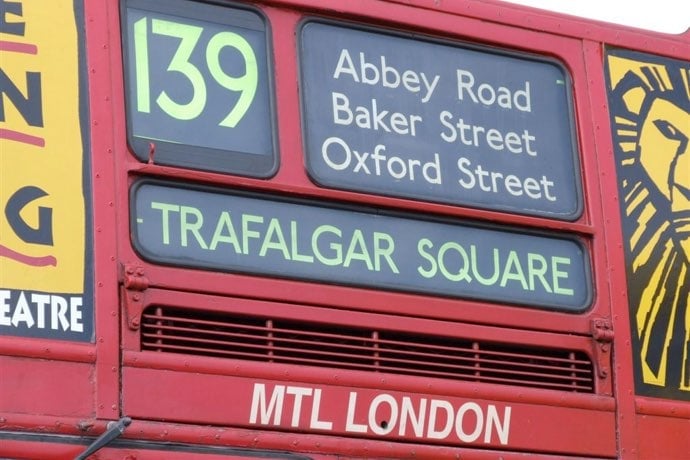This article will have a little fun taking stuff you know, phone screens full of icons which open software applications, and help you see them differently. One of the fun things about software and design is how ideas evolve over time and how ideas change the tools we use every day.
To get information, today we use websites and applications on our phones and tablets, as well as computer desktops and laptops. Some of us are about to also get data through watches, clothing, and other personal wearable objects. Ten short years ago, people used websites and applications on their computer desktops and laptops. Twenty years ago, people used applications on their computer desktops and laptops to retrieve information and do things.
Do you see the pattern? How we consume information is evolving with our technology. Designers and content creators need to understand these changes to make the most of technology.
The most accurate way to describe the change from applications on computers and laptops to websites to phones and tablets is to talk about information found through destinations and systems. Because all design starts with questions and problems, let’s start with simple definitions of destinations and systems.
What’s a Destination?
Imagine you’re home, it’s early in the day, and you want to know what to wear based on the weather all day. It might be raining now but clear and hot after 10 a.m. A heavy rain coat might work for awhile but leave you hot and sweaty later. To avoid this problem, most people look at their phones, find the Weather app icon, click it, then click and scroll to find the weather information needed.
If you’re lucky enough to have a Windows phone, you might turn your phone on and see the weather information on a tile, no clicks or scrolling needed.
This is an example of a destination application. You arrive at your information by turning stuff on then click and scroll to find the information you need.
What’s a System?
Now imagine you set an alarm on your phone for 6:30 a.m. and, when you pick up your phone to turn the alarm off, a new screen appears with your local weather forecast for the day. Earlier, you set the weather information to appear after you turn off the alarm. Now imagine you click to close the weather forecast and a second screen appears with information about the flight you will take in a few hours. The flight screen might include check-in time, gate information, and other useful data. Maybe you click a button on the screen to save the gate information to your calendar. Or a button to display the flight information screen when your phone detects you are near the airport.
This is an example of a system in software design. You use the exact same data used by software applications. However, the data appears as part of a system you organize, a collection of data with personal value and meaning.
What Systems Mean for Designers
First, computers, laptops, tablets, phones, and websites will not go away. You still need to think about how to organize and present data in places where people go to retrieve your data. However, designers who create products, software, and content also need to consider how to organize data consumed as part of a system.
Do you use Facebook? Facebook is less a destination (which is what you might call it, because you use it through an app or website) and much more a system that ties together people, cat pictures, funny videos, articles, events, advertising, and much more. Facebook sets the rules used to present information and controls the user experience. Which is another thing to consider with systems: who sets the rules and controls the system?
Designers need to think about atomicity — reducing content and actions to their simplest form for delivery in many places, as well as the best ways to organize these bits of content into useful systems based on what people need in their lives.
We already have systems designed and controlled by people who make operating systems — think Notifications in Apple’s OS X. And we have systems included in applications — think Facebook or Google Now. It’s also possible people will make small scale operating systems to tie together information we currently find by using two or three software applications. For example, someone who makes an alarm clock app might include the ability for people to specify what they want to see and do after they shut off an alarm.
The next time you use an application, ask yourself whether it is a destination or part of a system. And who sets the rules and controls what appears in the application. You might find yourself surprised to be using a system, not what you thought about as a destination.
Learn More
Design futures 1: Creating systems not destinations
http://blog.intercom.io/design-futures-1-creating-systems-not-products/

